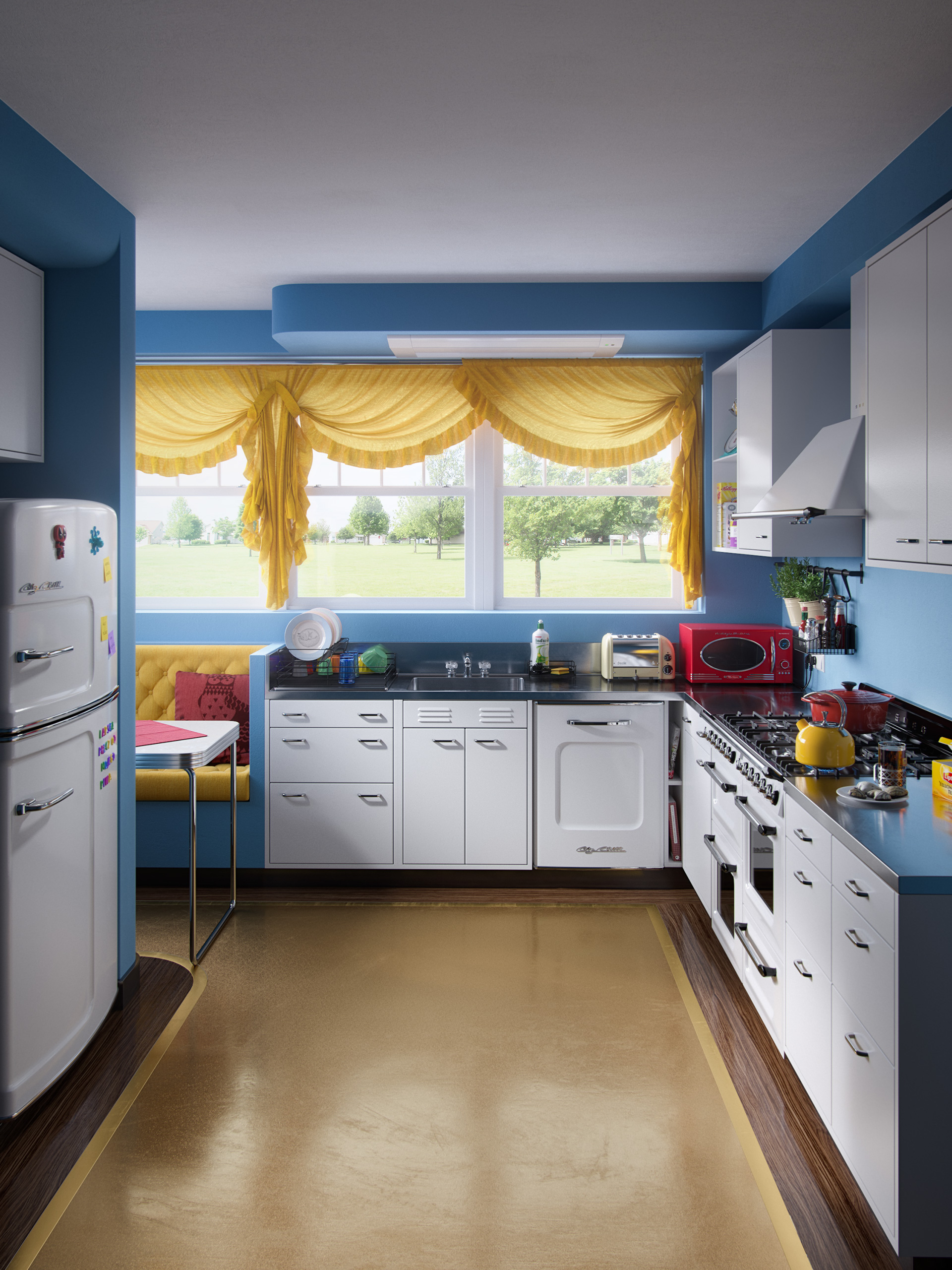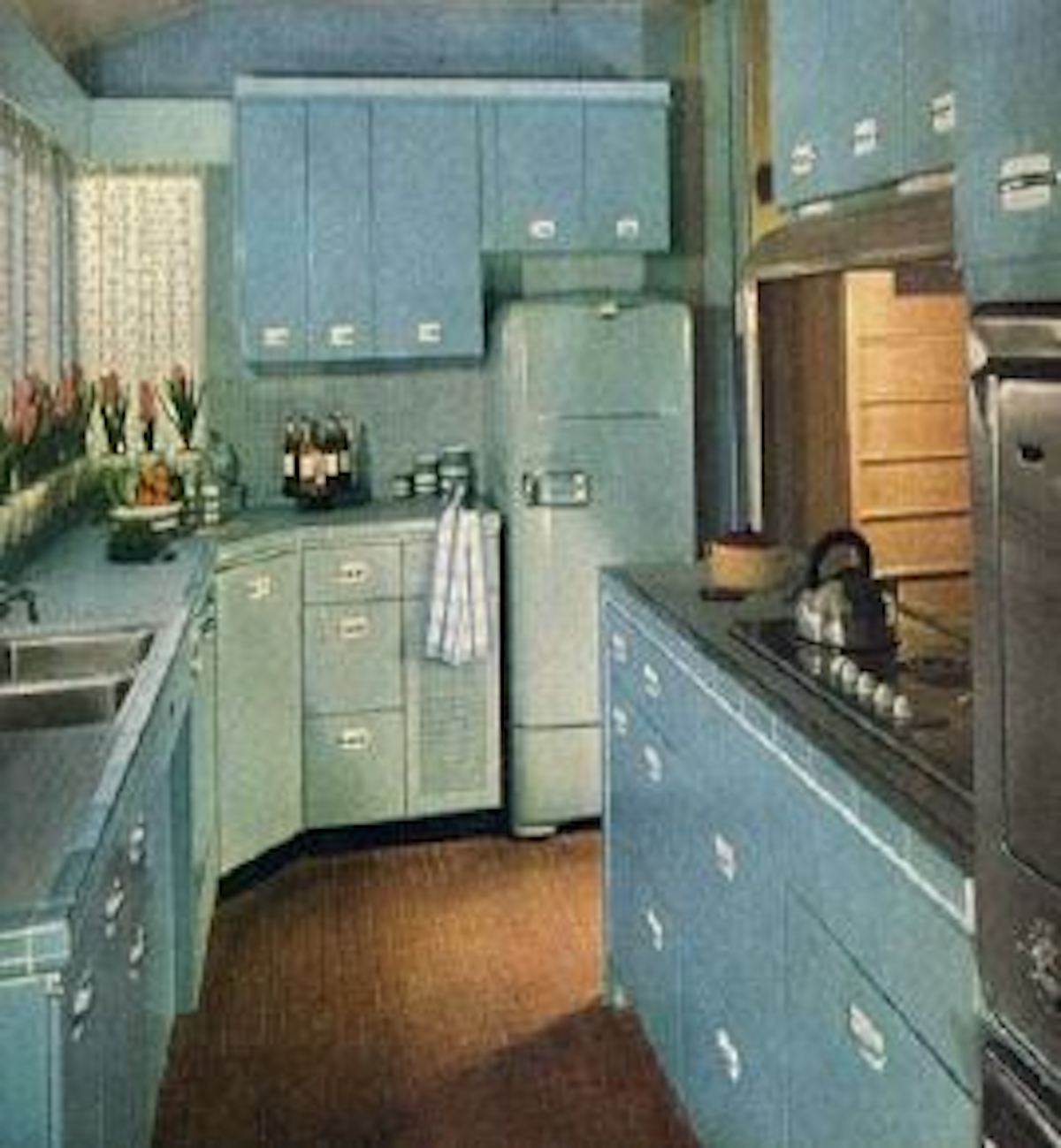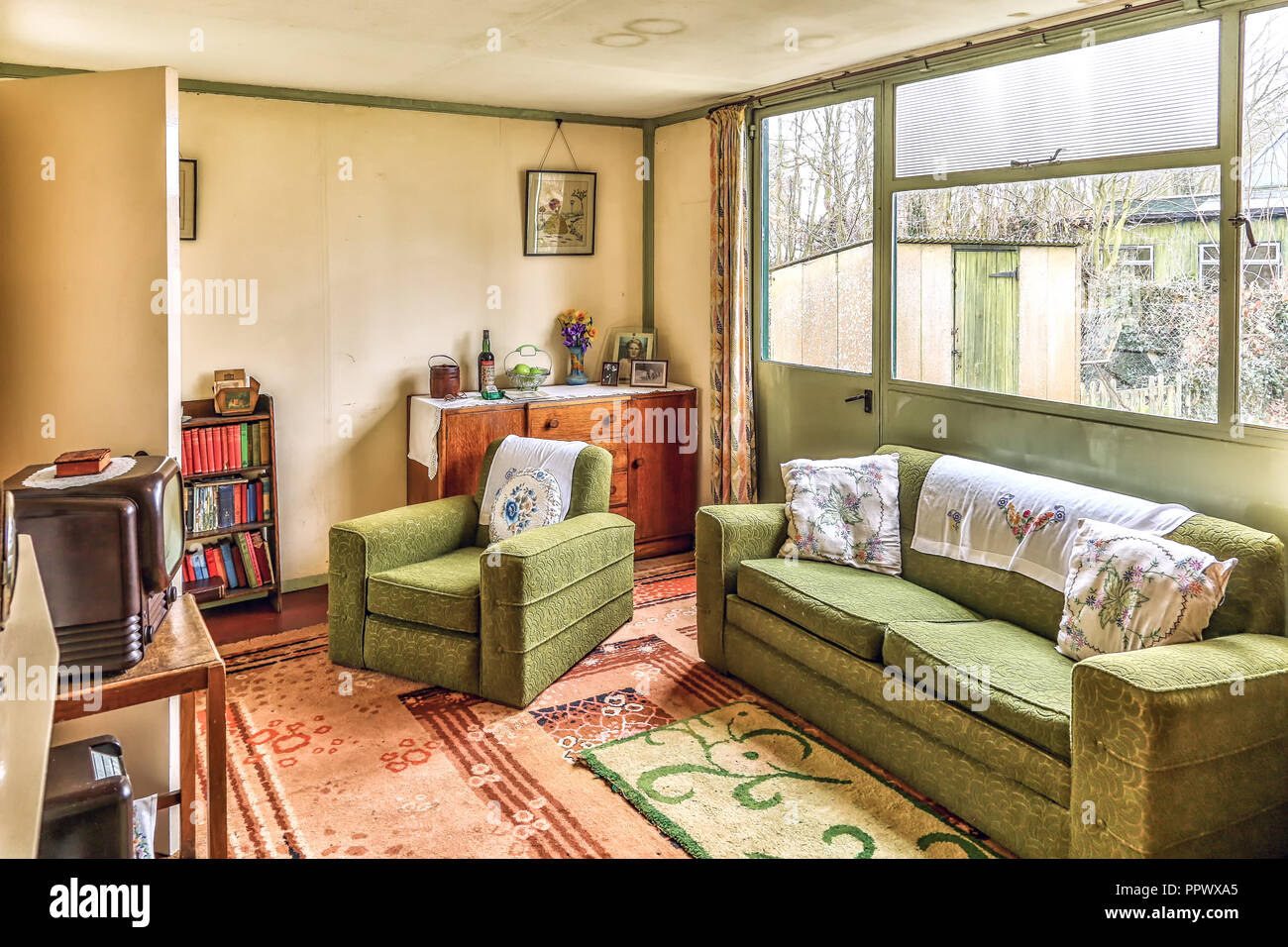Mid-Century Magic: A Kitchen's Time Capsule
Mid-Century Magic: A Kitchen's Time Capsule
Stepping into a mid-century modern kitchen is like stepping into a time capsule. The clean lines, the pops of vibrant color, the ingenious functionality – it’s a design aesthetic that effortlessly blends nostalgia with enduring style. This isn't just about retro décor; it's about capturing the spirit of an era that valued simplicity, craftsmanship, and thoughtful design. This post is your guide to understanding and recreating the magic of a mid-century modern kitchen, whether you're renovating, decorating, or simply dreaming.
The Essence of Mid-Century Modern Kitchens
The 1950s and 60s saw a significant shift in kitchen design. Post-war optimism fueled a desire for modern, efficient spaces. This era embraced:
- Clean lines and simplicity: Forget fussy ornamentation. Think streamlined cabinets, minimalist hardware, and uncluttered countertops.
- Functional design: Every element had a purpose. Built-in appliances, clever storage solutions, and open layouts maximized space and efficiency.
- Bold color palettes: While neutrals were present, mid-century kitchens weren't shy about color. Think sunny yellows, vibrant turquoise, and deep, rich reds. Accents of black and white added sophistication.
- Natural materials: Wood, especially teak and walnut, played a prominent role, often combined with materials like laminate and tile.
Iconic Elements: Recreating the Look
Let's delve into the key elements that define a mid-century modern kitchen:
1. Cabinetry: Form Follows Function
Streamlined Cabinets: Avoid overly ornate details. Look for simple, rectangular cabinets with clean lines and minimal hardware. Consider recessed handles or sleek, brushed metal pulls.
Open Shelving: Embrace open shelving to display your favorite dishes and cookware. This adds a touch of casual elegance and allows for easy access.

Color Choices: Consider classic mid-century hues such as avocado green, butter yellow, or coral. Don't be afraid to experiment with two-toned cabinets – perhaps a neutral base with a bolder accent color on the upper or lower cabinets.
How-to Tip: If you're working with existing cabinets, consider repainting them in a fresh mid-century color. A simple sanding and priming process will prepare the surface for a smooth and durable finish.
2. Countertops and Backsplashes: A Symphony of Textures

Laminate: A quintessential mid-century material, laminate offers a surprising range of colors and patterns. Look for options that mimic natural materials like wood or stone.
Tile: Subway tile is a classic choice, perfect for creating a timeless backsplash. Consider a colorful grout to add a pop of color. Geometric tiles are another great option, capturing the era's playful spirit.
Butcher Block: A butcher block countertop adds warmth and practicality to the space. It's durable, easy to maintain, and adds a rustic touch.

How-to Tip: When choosing countertops, consider the wear and tear they'll endure. Laminate is affordable and easy to maintain, while butcher block requires regular oiling.
3. Appliances: Sleek and Integrated
Built-in Appliances: Built-in appliances were a hallmark of mid-century kitchens, creating a clean, integrated look. If possible, opt for appliances that seamlessly blend with the cabinetry.

Stainless Steel: Stainless steel is a timeless choice that complements the mid-century aesthetic. Its durability and modern look make it a practical and stylish option.
Retro-Inspired Appliances: If you're aiming for a more authentic look, consider retro-inspired appliances. These often feature updated technology with a vintage aesthetic.
How-to Tip: When replacing appliances, measure the spaces carefully to ensure a proper fit and avoid any costly mistakes.

4. Lighting: Illuminating the Space
Pendant Lights: Pendant lights, especially those with geometric shapes or bold colors, are a great way to add a focal point to the kitchen.
Recessed Lighting: Recessed lighting offers even illumination and a clean, modern look.

Under-Cabinet Lighting: Under-cabinet lighting is functional and stylish, highlighting countertops and workspaces.
How-to Tip: Consider the mood you want to create. Soft, warm lighting is ideal for a cozy atmosphere, while brighter lighting is essential for task-oriented areas.
5. Flooring: Setting the Foundation

Vinyl: Vinyl flooring was popular in mid-century kitchens, offering durability and a variety of patterns and colors. Modern vinyl options offer improved quality and design.
Linoleum: Linoleum is another durable and affordable option with a retro appeal.
Tile: Tile is a classic and timeless choice that adds durability and a clean look.
How-to Tip: Choose flooring that’s easy to maintain and resistant to moisture and spills.
Beyond the Basics: Adding Character
- Furniture: A mid-century modern kitchen isn't complete without the right furniture. Consider a retro-style kitchen island or a vintage bar cart.
- Accessories: Add personality with colorful dish towels, vintage canisters, and retro-inspired artwork.
- Plants: Introduce greenery with potted plants to create a fresh and inviting atmosphere.

Inspiration Gallery
(Include a section with several high-quality images showcasing different examples of mid-century modern kitchens. These images can be sourced from Pinterest, design blogs, or stock photo websites.)
Conclusion: Embracing the Timeless

Creating a mid-century modern kitchen is about more than just aesthetics; it's about embracing a design philosophy that prioritizes functionality, simplicity, and timeless style. By thoughtfully selecting materials, colors, and accessories, you can transform your kitchen into a stylish and functional space that captures the enduring magic of this iconic era. So, unleash your inner designer and create a kitchen that's both beautiful and a true reflection of your personal style. Let the mid-century magic begin!

